Bulgarian Method: Full Guide and an Initial Training Plan
Author:
Reviewed by:
(21 years of Oly Lifting experience)
Unlock your full potential by engaging with our experts and community! Have questions about your fitness journey or looking for expert advice on weightlifting techniques? Don’t hesitate — leave a comment below and Sergii Putsov will provide a personalized answer and insights to help you reach your goals.
Torokhtiy is reader-supported. Some links are affiliate links, and we may earn a commission at no extra cost to you. See our disclosure page for details.
Discover the Bulgarian Method, a training program that has sparked intense debates and speculation among coaches and athletes. In this article, we’ll explore the essence of the Bulgarian method program, its benefits, and how it can help you excel in weightlifting. Uncover the secrets of this highly effective training approach and decide if it’s the key to unlocking your full potential in Olympic weightlifting.
The Bulgarian Method is a rigorous training program that emphasizes high-frequency and high-intensity workouts using a limited number of exercises. It involves training multiple times a day, with heavy loads and low rep ranges, resulting in impressive results for dedicated individuals. Be prepared for a highly demanding workout regimen with the Bulgarian Method.
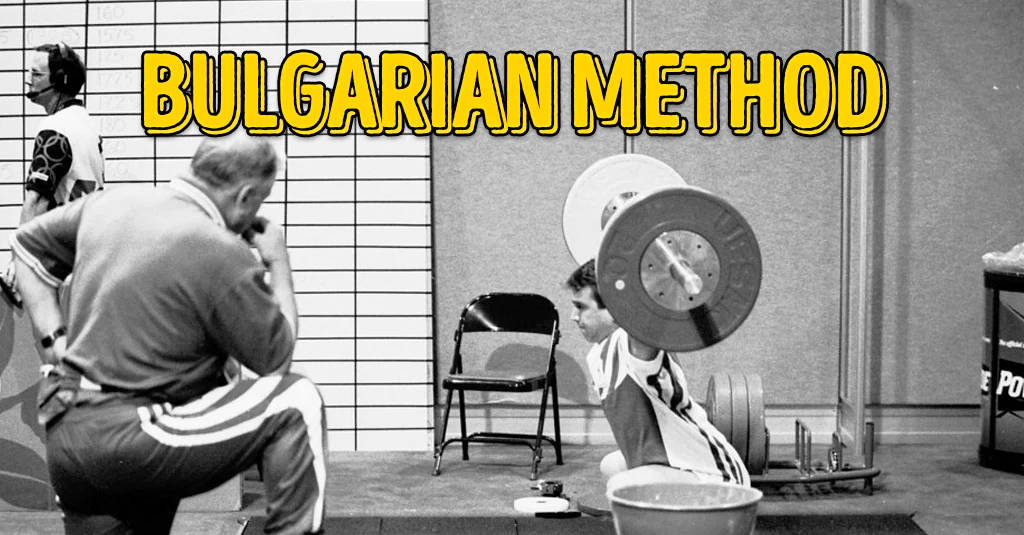
What Is The Bulgarian Method And How It Works?
Even to this day Bulgarian training method remains a subject to discuss and one of the most controversial and speculative topics on relevant blogs and forums. This method has earned a sheer mass of fans because the richest history of weightlifting in Bulgaria has practically turned it into a national sport since the 70th. Shining success of the Bulgarian Olympic weightlifting team at the World and European Championships as well as at the Olympic Games brought Bulgaria to the top of the world sports ranking.
But the contradictors, denying this method also exist, and their position is also reasonable: no science-based approach, not even basic research, excessive physical loading, high incidence, and quite a short sporting performance life of Top-level athletes. Considering all of the above, coaches and athletes that aim at growing and progressing in weightlifting are forced to thoroughly inspect the essence of the Bulgarian style training hoping to find in it something beneficial and efficient.
How Did It All Start?
Ivan Abadjiev – that’s the one who truly stands behind the Bulgarian weightlifting method. Everything about weightlifting in Bulgaria had been rather average, but Ivan Abadjiev managed to make a revolt that changed everything. In 1975, at the European Coaches Conference, Ivan shared his mind with the world about his vision on the approach to the training process. His new conception shook the whole weightlifting community. He offered a method according to which athletes should train 8 times a week – 2 training per day for 3 days and 1 training per day for 2 days.
Abadjiev noticed that from the time immemorial human beings were involved in heavy physical labor that lasted for many hours daily and that with the use of dosed workload the formidable progress in mastership was acquired. As an example, he referred to miners and woodworkers, and he also mentioned the great Paganini that devoted 14-16 hours daily to violin practice for many years.
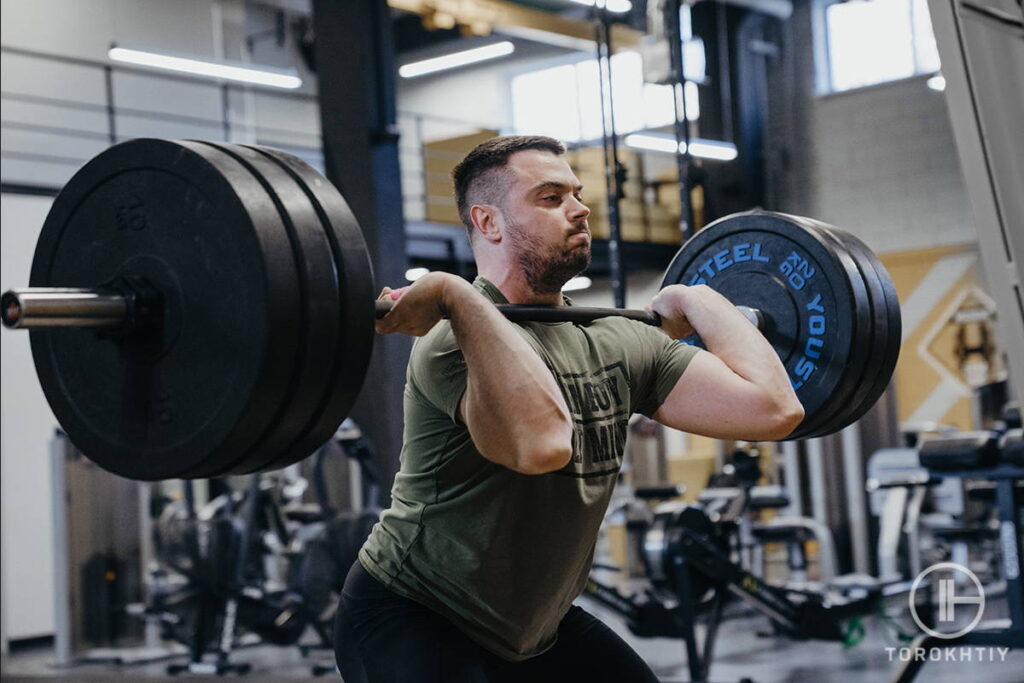
The distinct feature that differed Bulgaria from the Soviet method was the absence of the strict detailing about the volume and intensity indices. The only number Abadjiev counted was the number of repetitions with maximal and sub-maximal weight. Here we also should mention that the conception of weightlifting “bulgarisiation” was constantly evolving and progressing throughout all of the period of Ivan Abadjiev coach activity.
Follow us!

Free!
Get a 2-week Weightlifting Program as a bonus for the subscription to kickstart your training plan!

Free!
Bulgarian Method Evolution
The initial program consisted of the following:
Exercises for Monday, Wednesday and Friday:
| Morning | Evening |
| 1. Snatch | 1. Clean & Jerk |
| 2. Jerk from the racks | 2. Seated press |
| 3. Power clean | 3. Hang Snatch |
| 4. Front squats | 4. Bench press |
| 5. Snatch pull 100% | 5. Clean pull 100% |
| 6. Jerk drive 100% |
On Tuesday and Saturday athletes were training only in the morning:
| Morning |
| 1. Back squat |
| 2. Front rack hold |
| 3. Power clean |
| 4. Maxout snatch/ clean pull |
| 5. Max. Jerk drive |
However, if an athlete was not capable of performing on such a program, coaches lowered the load according to his capacities. Also 20-25 days before the competition, the training loads were becoming more selective – pulls and half jerks were excluded. 2 weeks before the competition athletes started to train only 1 time per day. Each Friday the “control training” was implemented on which athletes were making max out.
The first significant successes of Bulgarian weightlifters helped Abadjiev to convince sporting headship to open sports schools countrywide. Physical education teachers and coaches taught by Abadjiev selected capable boys at the age of 9-10 years on the special testing system basis. Successful candidates were training until the age of 16-17 years on a special program that consisted of 50% weightlifting exercises and 50% general physical training.
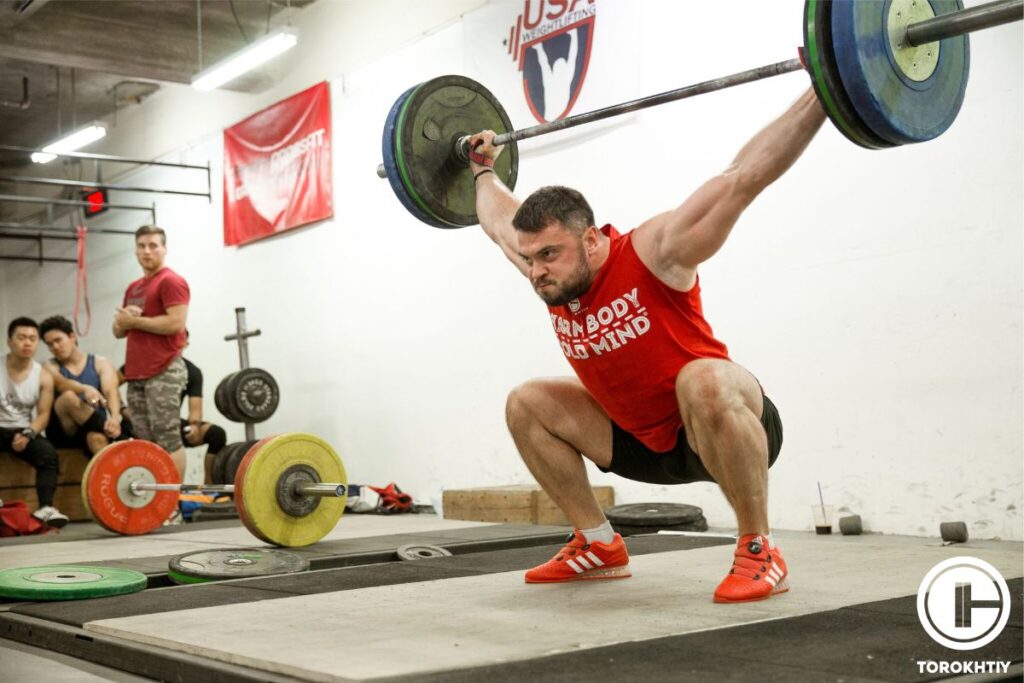
Moreover, the ratio between these components was changing progressively with an incline towards weightlifting, this means that to the age of 17 only 2% of the process was devoted to general physical training, and everything else was about weightlifting. The best pupils were invited to the junior national team afterwards. Such an approach can be literally called “The elite weightlifters forge”.
Athletes that have passed through such a preparation system indeed were “superhumans”.
Example Of A Program According To The Bulgarian Method
Coaching routine with this “new breed” of athletes granted a new level of development for Abadjiev’s system. He reduced the diversity and variability of exercises and completely focused on specific movements. From now on there were only 8 exercises left in the list, daily training was splitted into several small pieces of training.
From now on each exercise had a time limit to perform, reps count was limited to single. Resting period between exercises lasted for 30 min, which was supposed to restore the testosterone levels (however, researches that were made in the USA national team provided no evidence about such recovery in adverted rest period).
Two variants in the weekly cycle were based on these new parameters:
| Time | Monday/Wednesday/Friday |
| 09:00-09:30 | Front squats |
| 09:30-10:00 | Break |
| 10:00-11:00 | Snatch |
| 11:00-11:30 | Break |
| 11:30-12:30 | Clean & Jerk |
| 12:30-13:00 | Front squats |
| Lunch | |
| 16:30-17:30 | Clean & Jerk |
| 17:30-18:00 | Break |
| 18:00-19:00 | Snatch |
| 19:00-19:30 | Front squats |
| 19:30-20:00 | Snatch/Clean pull |
| Time | Tuesday/Thursday/Saturday |
| 09:00-09:30 | Back squat |
| 09:30-10:00 | Break |
| 10:00-10:45 | Snatch |
| 10:45-11:15 | Break |
| 11:15-12:00 | Power clean + push press |
| 12:00-12:30 | Front squat |
| 12:30-13:00 | Snatch/Clean pull |
Load periodization also passed through some changes. The basic preparatory period was extended to 8 weeks: 3 weeks of high volume, 1 week recovery, 3 weeks of medium volume, 1 week of maximum volume. “Control training” on Fridays.
International competitions preparation lasted for 7 weeks:
- 2 weeks – low loads;
- 2 weeks – high loads;
- 2 weeks – maximum loads;
- 1 week – tapering.
Frequent competitions became a specific bulgarian weightlifting program feature. To increase competitive ability Abadjiev complimented his team with several athletes of the same weight category. And one with the best results was provided with permission to compete.
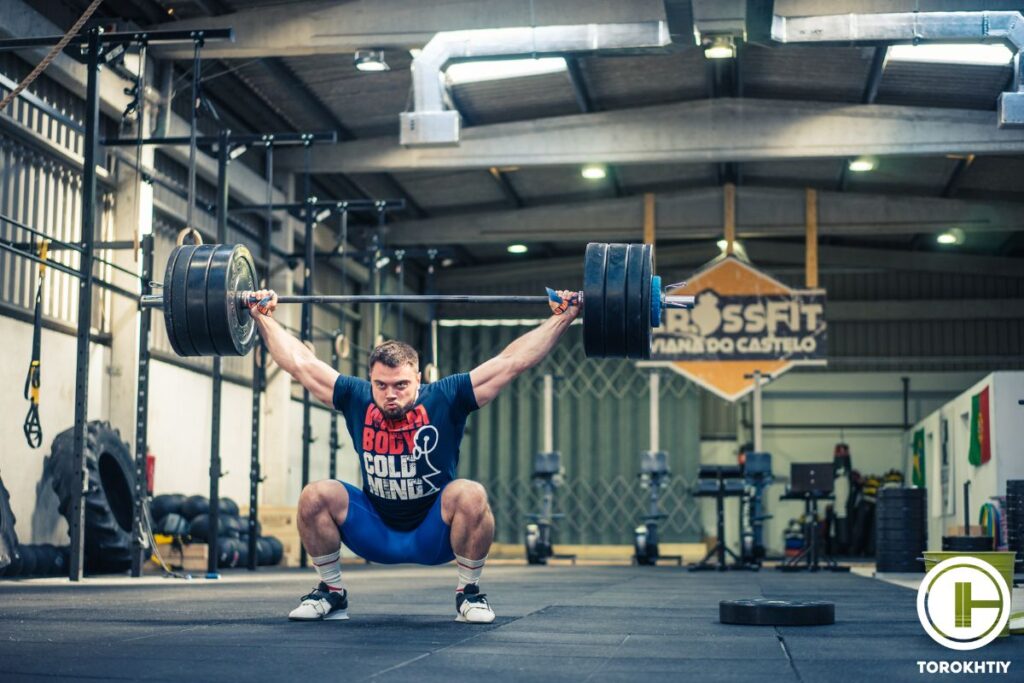
A little later the whole system was reworked once again: Abadjiev excluded all pulls and back squats. After that exercise list consisted of front squats, snatch, clean & jerk and power clean.
Several times Abadjiev left his post of the head coach, but each time he was returned shortly after. During his career, he successfully did his job as a head coach of Turkey and Qatar. Many countries (Greece, Iran, Egypt) have successfully implemented the Bulgarian method.
Advantages of the Bulgarian Method
The Bulgarian method has gained a reputation for being intense and demanding, but it also boasts several advantages that have contributed to its lasting popularity among weightlifters.
Neuromuscular Adaptation
One of the primary benefits of the bulgarian workout is the rapid neuromuscular adaptation it facilitates. The high frequency of training sessions with maximal and sub-maximal weights leads to improved muscle activation and coordination. As a result, lifters become more efficient in their movements, leading to increased strength and power. This approach can be especially beneficial for those seeking to break through plateaus or push their limits in a short period.
Mental Toughness
The Bulgarian method’s intensity not only challenges the body, but also the mind. With its grueling training schedule and focus on heavy weights, this program demands mental resilience and discipline. Athletes who embrace the Bulgarian method often develop an unshakeable mental toughness, learning to push through physical and mental barriers to achieve their goals. This increased mental fortitude can translate to better performance in competitions and an overall stronger mindset in the face of adversity.
Personalized Progression
Unlike some other training programs that prescribe strict volume and intensity guidelines, the Bulgarian method allows for more individualized progression. The focus on maximal and sub-maximal weight repetitions allows athletes to work within their own capabilities. As a result, lifters can experience steady progress, constantly pushing their boundaries and setting new personal records.
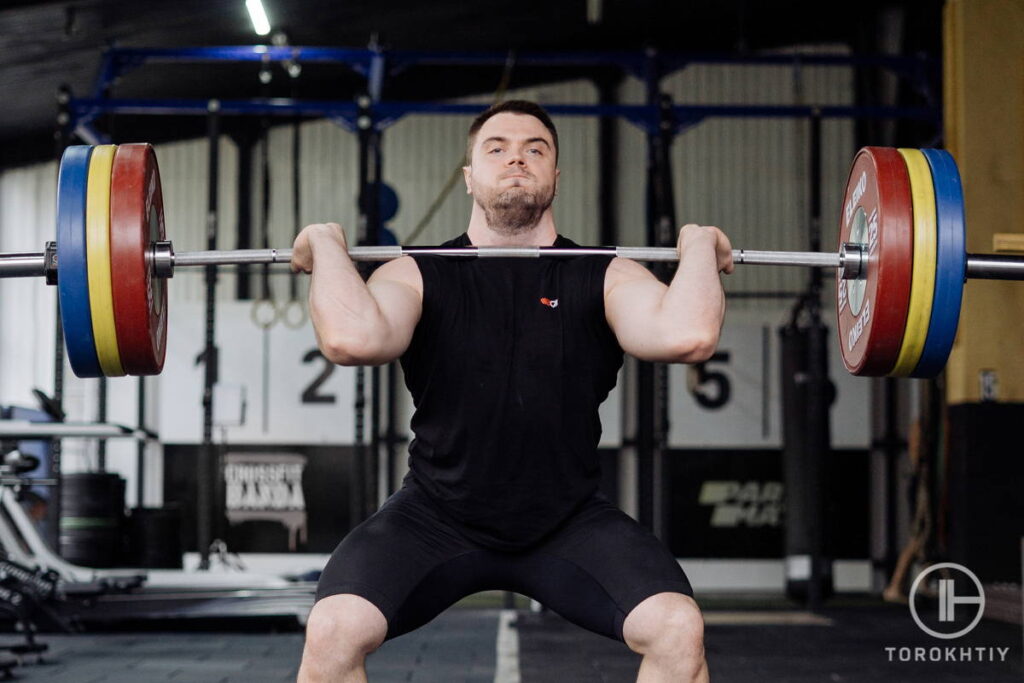
Disadvantages of the Bulgarian Method
Overtraining and Burnout
One significant disadvantage of the Bulgarian method is the risk of overtraining and burnout. The program’s intense schedule, which often involves multiple daily training sessions and heavy lifting, can lead to excessive physical and mental stress. Over time, this can result in decreased performance, increased injury risk, and a decline in overall well-being. Athletes must be cautious to avoid overtraining and should consider incorporating rest days, deloading periods, and adequate recovery strategies into their routine.
Increased Risk of Injury
The high intensity and frequency of training sessions in the Bulgarian method can also contribute to an increased risk of injury. Lifting maximal and sub-maximal weights repeatedly can place significant strain on the muscles, tendons, and joints, leading to overuse injuries or acute trauma. It’s crucial for athletes to prioritize proper technique, warm-up routines, and recovery measures to minimize injury risk while following the Bulgarian method.
Limited Exercise Variety
Another potential drawback of the Bulgarian method is its limited exercise variety. The program focuses heavily on a few core lifts which may neglect other important aspects of a well-rounded strength training regimen. Some athletes may find this repetitive and monotonous, leading to decreased motivation and engagement over time. Additionally, the lack of variety can result in muscle imbalances and hinder overall athletic development.
Suitability for Different Populations
Lastly, the Bulgarian method may not be suitable for everyone, particularly beginners or those with limited weightlifting experience.
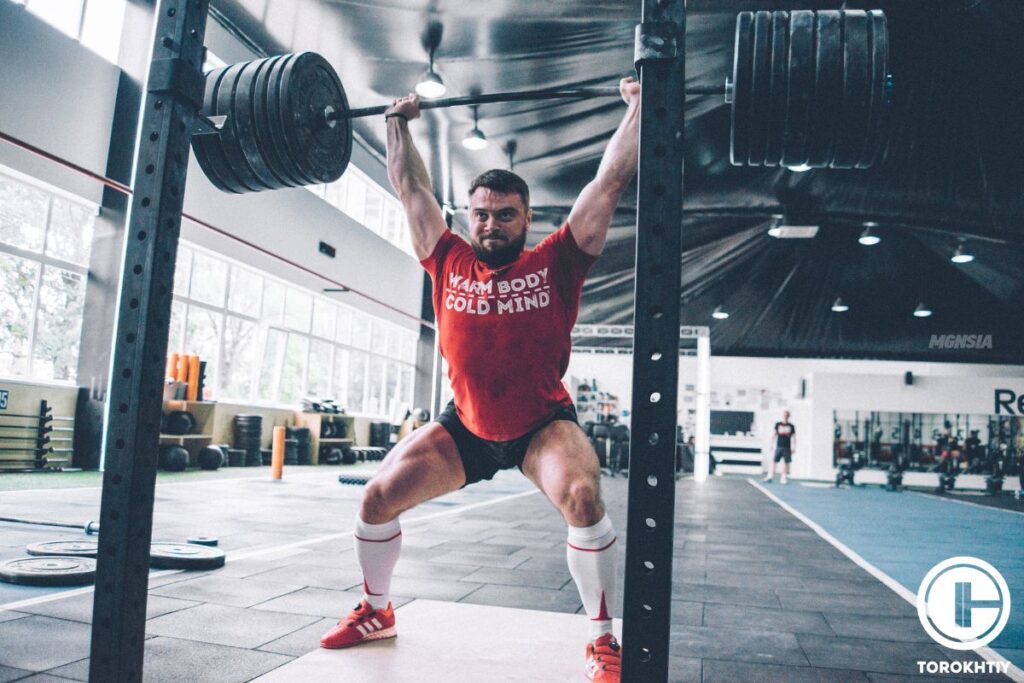
The program’s intensity and emphasis on heavy lifting can be overwhelming and potentially dangerous for inexperienced lifters, who may lack the necessary foundational strength, technique, and knowledge to safely and effectively execute the program. Furthermore, individuals with pre-existing injuries or health conditions may need to modify or avoid the Bulgarian method entirely to prevent exacerbating their issues.
Bulgarian Method in Bodybuilding
This is quite a common search in Google. Also some fitness magazines have attempted to endorse the Bulgarian method, but their misguided efforts are difficult to comprehend. The approach of focusing solely on maximal heavy single reps is not effective for muscle building, and the excessive systemic fatigue it generates is not worth the trade-off. The Bulgarian method is primarily a program for developing maximal strength, without complex nuances.
Bulgarian Method in Powerlifting
Although strictly implementing the Bulgarian method for powerlifting would be extremely challenging, some individuals have managed to adapt Bulgarian principles to their training with success. Exploring Reddit discussions reveals several people who have achieved positive outcomes by utilizing a high-frequency approach, incorporating top set plus back off sets, over extended periods of time. But you should be quite experienced and brave.
FAQ
What Characterizes the Bulgarian System?
The Bulgarian System is characterized by extremely intensive, high-frequency training, involving multiple trainings per day and week. It emphasizes lifting near-maximal or maximal loads to push power & strength limits. The system has a limited exercise selection, primarily focusing on the snatch and clean and jerk.
Why is Bulgaria Good in Weightlifting?
Bulgaria’s success in weightlifting can be attributed to a combination of factors. The country has a rich history and cultural tradition in the sport, which has fostered a deep passion and dedication among athletes. Bulgaria also boasts a specialized training system, emphasizing high-frequency lifting, near-maximal loads, and technical proficiency. Additionally, the country’s focus on identifying and nurturing.
Conclusion
So what conclusion can we make considering the training method of Ivan Abadjiev? Definitely, it works.
BUT
In general, the Bulgarian System is not recommended for regular lifters. Factors such as time constraints, lack of a conducive training environment, insufficient motivation and drive, and the absence of extensive drug use make it impractical. Moreover, attempting this method could potentially heighten the risk of injury, compromise technique, and result in plateaued progress within a relatively short period of around four months.
We’d love to hear your thoughts on the Bulgarian method! Have you tried incorporating it into your training routine? If so, what results have you experienced? Do you think the potential benefits outweigh the risks associated with this intense training approach?
Share your experiences and opinions in the comments section below, and let’s get the conversation started!
Also read:
Why Trust Us?
With over 20 years in Olympic weightlifting, strength training, nutrition coaching, and general fitness our team does its best to provide the audience with ultimate support and meet the needs and requirements of advanced athletes and professional lifters, as well as people who strive to open new opportunities and develop their physical capabilities with us.
By trusting the recommendations of our certified experts in coaching, nutrition, and sports training programming, as well as scientific consultants, and physiotherapists, we provide you with thorough, well-considered, and scientifically proven content. All the information given in the articles concerning workout programming, separate exercises, and athletic performance, in general, is based on verified data.
The product testing process is described in more detail here.
Author: Sergii Putsov
Head of Sport Science, PhD
Best Results: Snatch – 165 kg,
C&J – 200 kg
Sergii Putsov, Ph.D., is a former professional weightlifter and National team member, achieving multiple medals in the 94 kg weight category at national competitions. With a Master’s degree in “Olympic & Professional Sport Training” and a Sport Science Ph.D. from the International Olympic Academy, Greece, Sergii now leads as the Head of Sport Science. He specializes in designing training programs, writing insightful blog articles, providing live commentary at international weightlifting events, and conducting educational seminars worldwide alongside Olympic weightlifting expert Oleksiy Torokhtiy.
Reviewed by: Oleksiy Torokhtiy
Olympic Weightlifting Champion, PhD in Sport Science
Best Results: Snatch – 200 kg,
C&J – 240 kg
Oleksiy Torokhtiy is a professional athlete boasting 20 years of experience in Olympic weightlifting. With multiple European and World titles under his belt, he has showcased his prowess in two Olympic Games (Beijing 2008 and London 2012). Upon concluding his illustrious career, Oleksiy dedicated himself to coaching. By 2022, he had conducted over 200 weightlifting seminars worldwide. He is the visionary behind an international sportswear and accessories brand known for its motto, “Warm Body Cold Mind.” Additionally, he is an esteemed author and the creator of a series of training programs and eBooks.




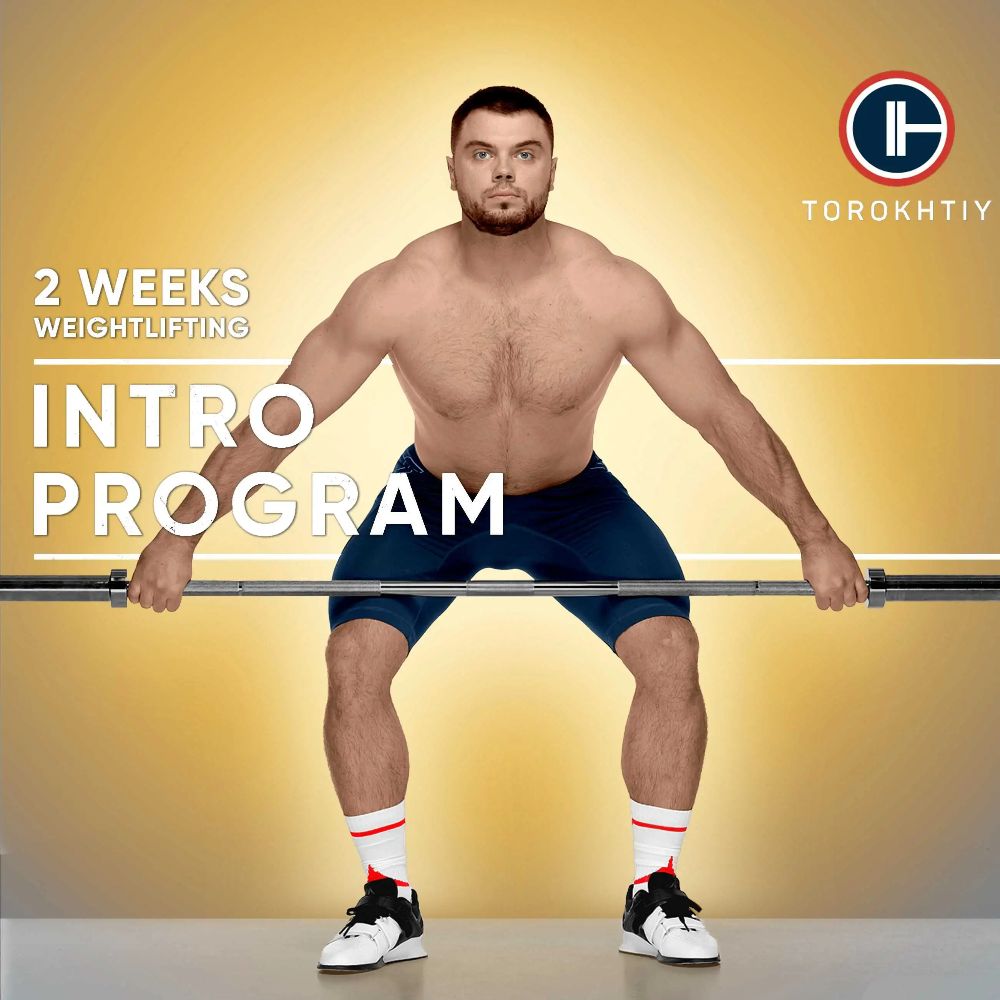
Still have questions after reading our article? Unlock your full potential by engaging with our experts and community! Don’t hesitate — leave a comment below and Sergii Putsov will provide a personalized answer and insights to help you reach your goals.